Before I came to Kidwelly the only thing I knew about it was that it’s the home town of Ray Gravell. The fact this is not mentioned on Kidwelly’s Wikipedia page is a travesty.
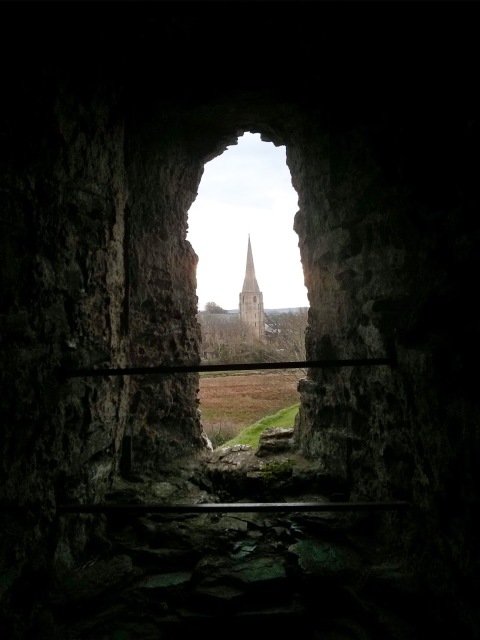 |
| Viewing Kidwelly from a window in Kidwelly Castle |
Oh, aye, poor Tommy were working the coal pits only a fortnight afore he come down with the Margam –– he were dead within two days after that.
South Wales is the land of the bedsheet birthday wishes. At roundabouts and strapped precariously to railway bridges you’ll see grandma’s unwanted linen adorned with proclamation of landmark birthdays (“HAPPY 30TH GEMMA!”). This sort of thing is exemplary of how uncouth people of the South Wales Valleys can sometimes be. They think it’s a good idea to make signs out of bedsheets. They think that a person would want to be celebrated in such a way; no doubt they hope to be celebrated in the same way themselves.
And because this is Wales, it is more often than not the case that these goodwill messages are illegible, the rain having caused paint to run.
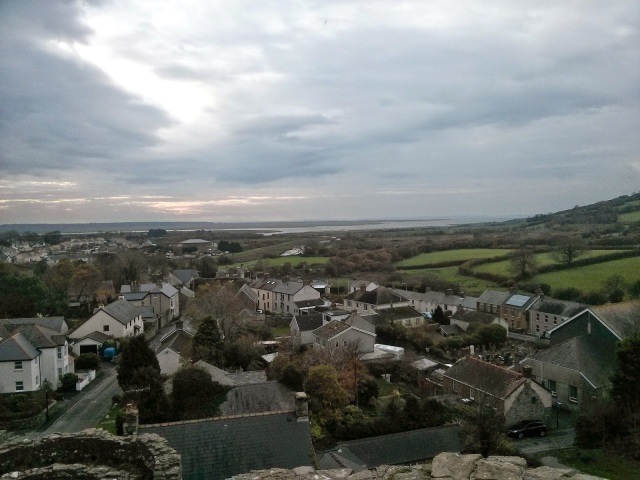 |
| Kidwelly lies on the River Gwendraeth, which stretches quickly into the Bristol Channel. |
Eventually, though, I made my way past the grime and stench of these towns to the incongruence of Swansea’s streets and thereafter into the best part of Wales: the west.
West Wales is the most attractive part of the country and its residents are, in my opinion, generally the most likeable. I admire the ridiculous Texan-like pride they have in their region; I enjoy the broad, growling way in which they speak Welsh; and I love their sense of humour that is at once self-effacing and unafraid. But, oh, are they annoying drivers.
Kidwelly itself is like a lot of West Wales towns in the sense that you imagine it would be lovely to live there but if you really imagine actually living there you realise you’re happy that you don’t. Especially if you roll into town on a Sunday in the winter; there is nothing to do. Nothing. Not a thing. These places live for the summer and its tourists.
I’m not entirely sure what the place lived for before tourists started showing up. Tin, probably. That’s the story of huge swathes of Wales: the industrial revolution saw the ore and natural resources of Wales building up the rest of the world. Then the rest of the world decided it was cheaper to get their raw materials from places that didn’t have labour unions, and the whole country fell into decline.
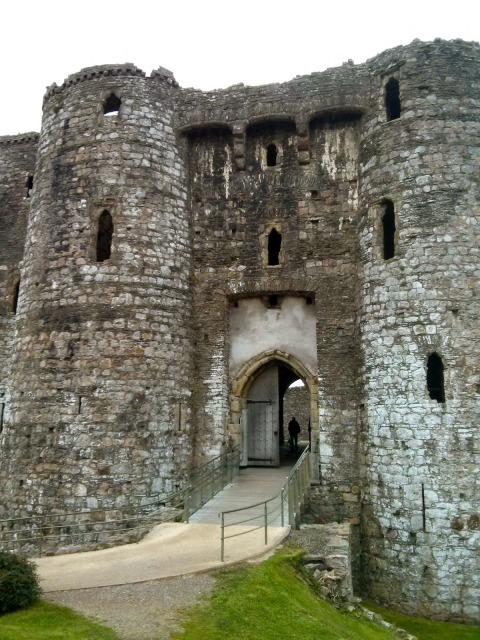 |
| Kidwelly Castle |
Before the industrial revolution, the town served as a strategically important location for numerous folks. The Normans established a castle in 1106. About 200 years later, Edward I (“Longshanks” for those of you who’ve watched Braveheart) fortified said castle amid his successful efforts to crush Welsh resistance. Another few centuries after that, it played a role in Owain Glyndwr’s failed revolution.
I visited the castle and had the place pretty much to myself. It’s in good condition, considering it is more than twice the age of my home country, and has lots of mysterious, narrow stairwells to wander through.
Many years ago, I watched an S4C documentary about Ray Gravell in which he stood atop of one of the castle’s towers and started weeping because he loved Wales so much. Climbing up to that very same vantage point and looking out, I could understand how one might get emotional.
Just below your feet lie the town’s higgledy-piggledy medieval lanes, then a handful of more modern houses that blight the eye, and beyond them a broad river delta that spills into the bits of the Bristol Channel as it becomes the Celtic Sea. On the whole, the view is almost cinematic.
The wind here is seemingly always fresh and clean. I gulped in deep breaths of the stuff, as if somehow able to store it in my lungs to enjoy back in Cardiff.
“Well done, God,” I said aloud. “Excellent work.”
I stood at the top of that tower until I started to chill and it occurred to me the sun was soon going to set. All the roads surrounding Kidwelly are hard to navigate in the dark if you’re unfamiliar with them (b). I hummed a verse of “Yma o Hyd” in honour of Grav and scrambled my way back down to my bike.
I fired up the Honda and cranked my heated grips to 100 percent, then shoved my gloves over them to gather warmth as I did up my jacket, fussed endlessly with the two scarves I wear, and strapped on my helmet.
I sent a text to Jenn to let her know I was on my way, pointed the bike to the nearest motorway and flew home.
(b) Well, actually all the roads in Wales are hard to navigate at all times of day –– but outside of the cities they are even more baffling at night.

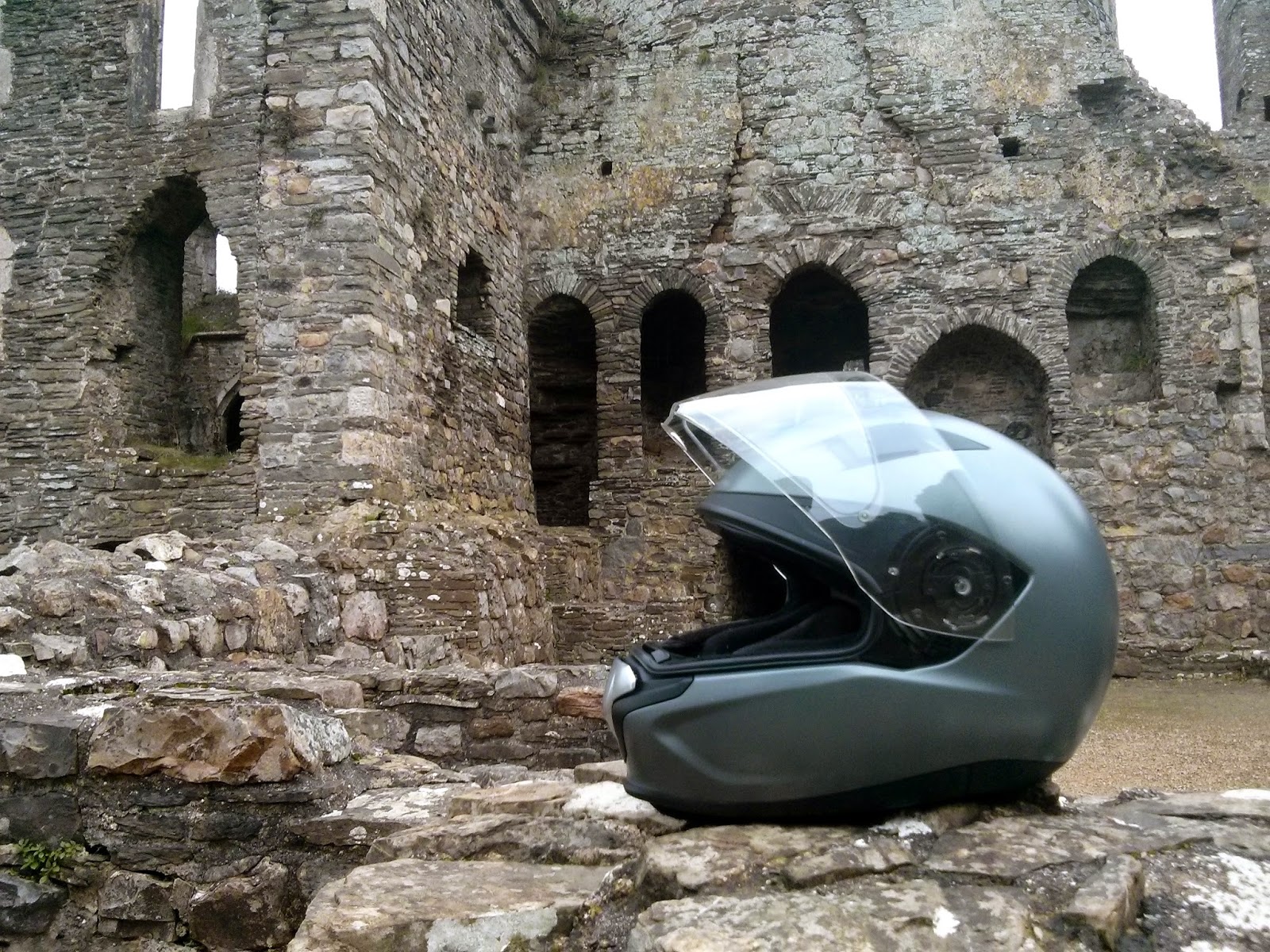
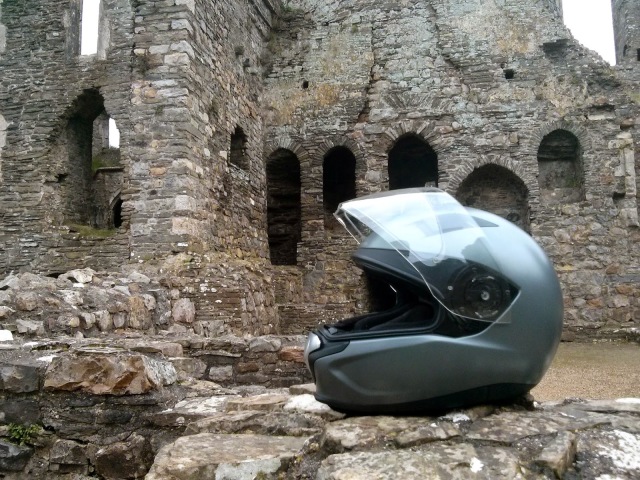
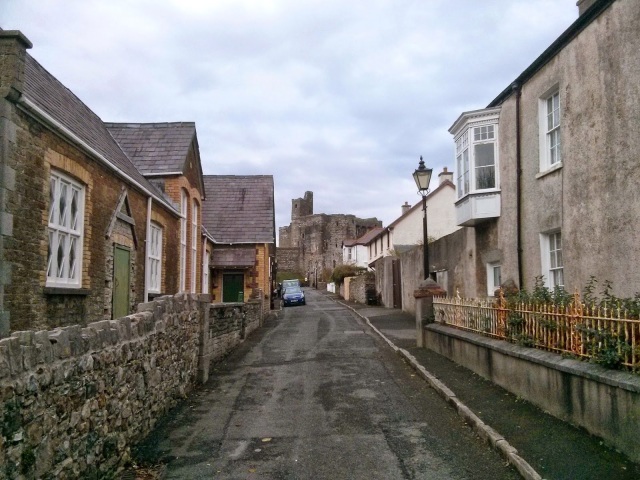
Lovely post…although now I want to know what the hell you do with two degrees in Welsh for God's sake!
LikeLike
Yeah, I don't really know. I wish I had thought about that before I got them (and committed myself to all the student loans needed to get them).
LikeLike